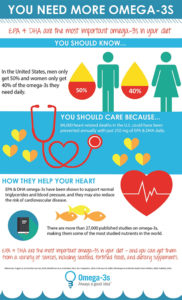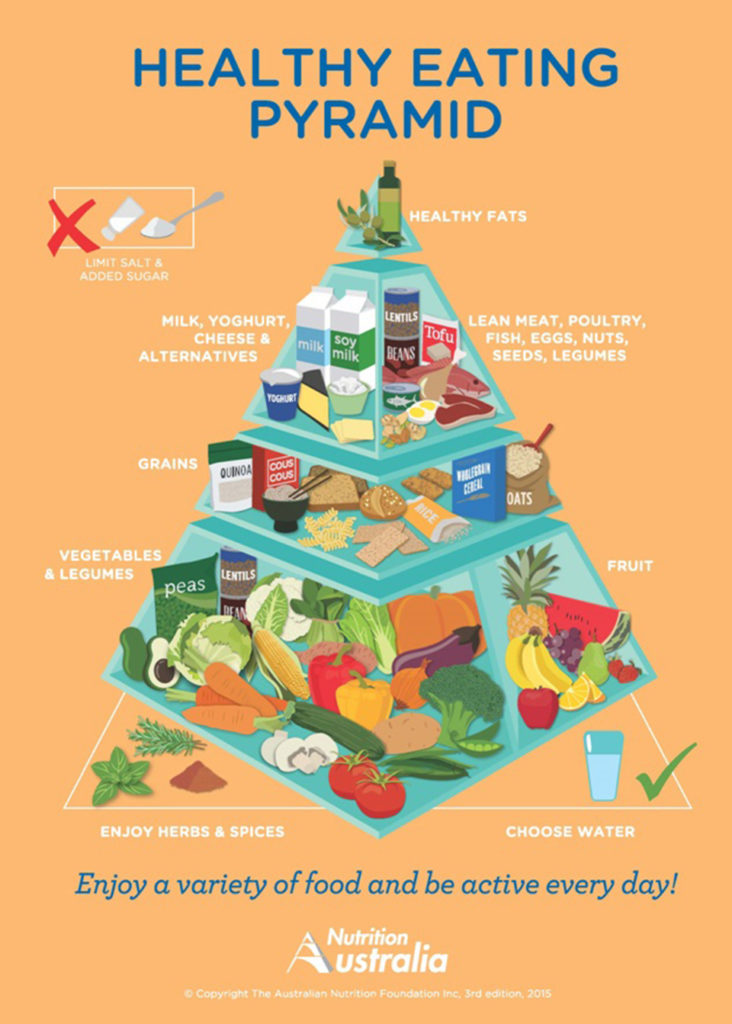Need for constant, clear communications continues

Many seafood people, especially those in marketing, remark that seafood promotion has got to go beyond just the health aspects. They suggest that consumers are fully aware of the health benefits of seafood, and we do not need to keep pushing those important aspects.
However, according to recent research by the Global Organization for EPA and DHA Omega-3s (GOED), more than a third of the adults in the United States have had a heart health scare, yet many have not made changes to better support their hearts. Amazingly, 66 percent of those who received a heart health scare did not start taking heart-healthy nutritional supplements like omega-3s, and nearly half (46 percent) did not change their diets.
Highlighting the need for consistent reinforcement, 77 percent of respondents did not know that low omega-3 levels can be harmful to health, and 44 percent were unaware that omega-3 intake can help lower blood pressure. Seafood marketing gurus say that everyone knows fish is good for you, but a staggering 92 percent of survey respondents could not accurately name the types of fish that provide high levels of omega-3s.
Seafood supports health
While a lot of dietary promotion says that only some fish varieties – specifically fatty fish like salmon, mackerel, sardines, anchovies and certain types of tuna – are good sources of omega-3s, they forget to say that any seafood is far better than red meat on the fatty acid scale.
It was reported that GOED Executive Director Adam Ismail said: “Most people don’t have the important information they need about omega-3s as it relates to heart, brain and eye health, as evidenced by this survey. This underscores the strong need for clear communication and education about the health benefits, nutritional value and sources of omega-3s.”
If anyone is in any doubt, the facts based on numerous gold-standard research studies are that the omega-3s eicosapentaenoic acid (EPA) and docosahexaenoic acid (DHA) support heart, brain and eye health. Evidence consistently shows that they help maintain healthy blood pressure, support healthy triglyceride levels and manage heart disease risks. The evidence is overwhelming that there is a positive correlation between increased omega-3 intake and heart health benefits.
Add to this that for many years, we have known omega-3s positively impact brain function and cognitive development. A diet deficient in DHA may deprive the nervous system of a critical nutrient and impair the brain’s ability to function optimally and play a role in eye health and infant visual development.
Nutrition guidelines
The human body does not efficiently produce its own EPA and DHA. That is why it is critical to get these nutrients through diet. To maintain healthy omega-3 levels, health authorities recommend that everyone should eat at least two weekly servings of omega-3-rich seafood. Some say we should consume up to four servings per week.
As mentioned in this column previously, although the Dietary Guidelines for Americans from the U.S. Office of Disease Prevention and Health Promotion recommend eating two servings (226 g) of fatty fish per week, the average U.S. resident eats just 99 g —less than half of what they need. Is it any wonder that Americans’ health is going downhill?
In Australia, a new food pyramid has been promoted to create a simple visual guide to the types and proportions of foods that Australians should eat every day for good health. The Healthy Eating Pyramid from Nutrition Australia aims to convey key information about how to have a nutritious diet, based on the Australian Dietary Guidelines of the National Health and Medical Research Council, but it goes to some pain to point out that it does not replace the guidelines, nor tailored advice from accredited dieticians.
The revised Australian Dietary Guidelines were released in February 2013 with an increased focus on foods and food groups, instead of nutrients, making them more user-friendly. They also have an increased focus on the effects of food on health outcomes, in particular weight gain, heart disease and some cancers.
The guidelines recommended the consumption of an increased number of servings from the lean meat and poultry, fish, eggs, tofu, nuts, seeds and legumes/beans food group for all ages, but it is hard to see how that is reflected in the new pyramid. Additionally, the guidlines highlight that the “Eat Moderately” category contains dairy foods and meat, but do not specifically highlight fish. Do people really think “fish” when they see the word “meat”?

Nutrition education
The messages are not clear, and when you consider it, the vast majority of reasons for which people go to doctors are preventable. In addition to major heart concerns, 25 percent of Westerners have gut issues, and up to another 50 percent have a variety of conditions ranging from depression and painful period to acne, asthma and cancer.
Perhaps some 75 percent of all conditions that drive people to visit doctors could be prevented if good nutrition was promoted better. If these people had better education and changed their diets earlier in life, their chances of healing would be better. Think how much cheaper healthcare would be if we all were better educated about correct nutrition and firmly had the right messages about seafood.
Nutrition regulation
Just recently, it was reported that following its controversial regulation proposal on beef, the U.S. Department of Agriculture (USDA) was proposing regulations for seafood, specifically, new standards for farmed organic fish by 2016.
U.S. Representative Kevin Cramer criticized the USDA for its proposed regulations on beef. He was concerned that the regulation strayed “from purely nutritional evidence, venturing into areas like environmental sustainability and tax policy.” Along with 70 other congressmen, Cramer issued a letter to the U.S. Department of Health and Human Services and USDA to ensure the final 2015 Dietary Guidelines for Americans comply with guidelines previously passed by Congress and are based on sound nutritional science.
Constant message
Who is pushing the fish/seafood story? Are we as an industry doing enough to ensure a clearer focus on the unique benefits for health that fish/seafood can bring?
Whatever the answer, the latest surveys highlight that you can never assume the benefits are getting through. All our industry advertising should have a regular, strong message that becomes a constant reminder, just like a dripping tap…
(Editor’s Note: This article was originally published in the July/August 2015 print edition of the Global Aquaculture Advocate.)
Author
-

Roy D. Palmer, FAICD
GILLS
2312/80 Clarendon Street
Southbank VIC 3006 Australia
roydpalmer@gmail.com[109,111,99,46,100,111,111,102,97,101,115,108,108,105,103,46,119,119,119]
Tagged With
Related Posts

Intelligence
Behold the nutritious oyster
Oysters provide important, natural filtration of water and are an important component of many healthy coastal ecosystems because their active filtering can help improve and maintain water quality. For many coastal communities, oysters are an important food resource and excellent sources of protein and amino acids, zinc, selenium, iron and B-vitamins.

Intelligence
COFI 32 presents an opportunity to promote seafood
Writing from Rome at the United Nations’ Food and Agriculture Organization’s COFI 32 conference, Advocate contributor Roy Palmer solicits input on how to promote the health benefits of seafood consumption worldwide.

Intelligence
Doctors: Place a greater value on seafood consumption
Many important organizations around the world fail to acknowledge the importance of seafood to human health and well-being. There is a disconnect between what we know regarding the benefits of seafood and what is being done to acknowledge these benefits and increase seafood consumption in nutrition.

Intelligence
Food is abundant, yet people are starving
While significant numbers of people are undernourished, an increasing number of people are overweight. The divide between recommendations and results is marked, so we must learn more about food production and change our behaviors.

